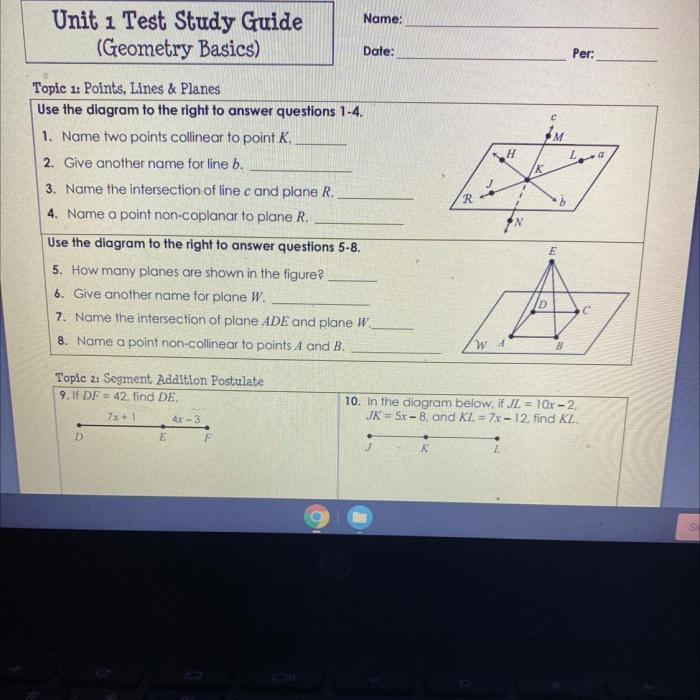The geometry unit 2 logic and proof answer key provides a comprehensive guide to the fundamental principles of logical reasoning and proof construction in geometry. This key offers a deep dive into the concepts of deductive and inductive reasoning, logical fallacies, and various proof strategies, equipping students with the essential tools to navigate the intricacies of geometric proofs.
Delving into the intricacies of congruence and similarity, this answer key elucidates the key concepts and transformations that underpin these geometric relationships. It further explores the realm of coordinate geometry, unraveling the concepts of distance and midpoint, and demonstrating their application in geometric proofs.
Introduction to Logic and Proof: Geometry Unit 2 Logic And Proof Answer Key
Logic and proof are fundamental concepts in geometry. Logic provides a framework for reasoning and drawing conclusions, while proof establishes the validity of those conclusions. Logical reasoning is essential for constructing valid geometric arguments and proofs.
Deductive and Inductive Reasoning
- Deductive reasoning: Draws a specific conclusion from general premises. If the premises are true, the conclusion must also be true.
- Inductive reasoning: Draws a general conclusion from specific observations. While the conclusion is likely to be true, it is not guaranteed.
Logical Fallacies, Geometry unit 2 logic and proof answer key
Logical fallacies are errors in reasoning that can invalidate geometric proofs. Common fallacies include:
- Circular reasoning
- Affirming the consequent
- Denying the antecedent
Proof Strategies

Various proof strategies are used in geometry, including:
- Direct proof: Proves a statement directly from the given information.
- Indirect proof: Assumes the opposite of the statement and leads to a contradiction.
- Proof by contradiction: Similar to indirect proof, but focuses on disproving the negation of the statement.
Geometry Unit 2: Congruence and Similarity
Congruence and similarity are key concepts in geometry that describe the equality of shapes and their relationships.
Types of Congruence and Similarity Transformations
- Translation: Moves a shape without changing its size or orientation.
- Rotation: Turns a shape around a fixed point.
- Reflection: Flips a shape over a line.
Coordinate Geometry
Coordinate geometry uses algebra to represent geometric shapes on a coordinate plane. It allows for precise calculations and proofs.
Distance and Midpoint in Coordinate Geometry
The distance between two points can be calculated using the distance formula. The midpoint of a line segment can be found using the midpoint formula.
Essential Questionnaire
What is the significance of logical reasoning in geometry?
Logical reasoning forms the cornerstone of geometric proofs, enabling the deduction of valid conclusions from given axioms and postulates.
How can I differentiate between deductive and inductive reasoning in geometry?
Deductive reasoning draws general conclusions from specific premises, while inductive reasoning infers general principles from observed patterns.
What are some common logical fallacies to avoid in geometric proofs?
Common logical fallacies include circular reasoning, hasty generalization, and affirming the consequent.